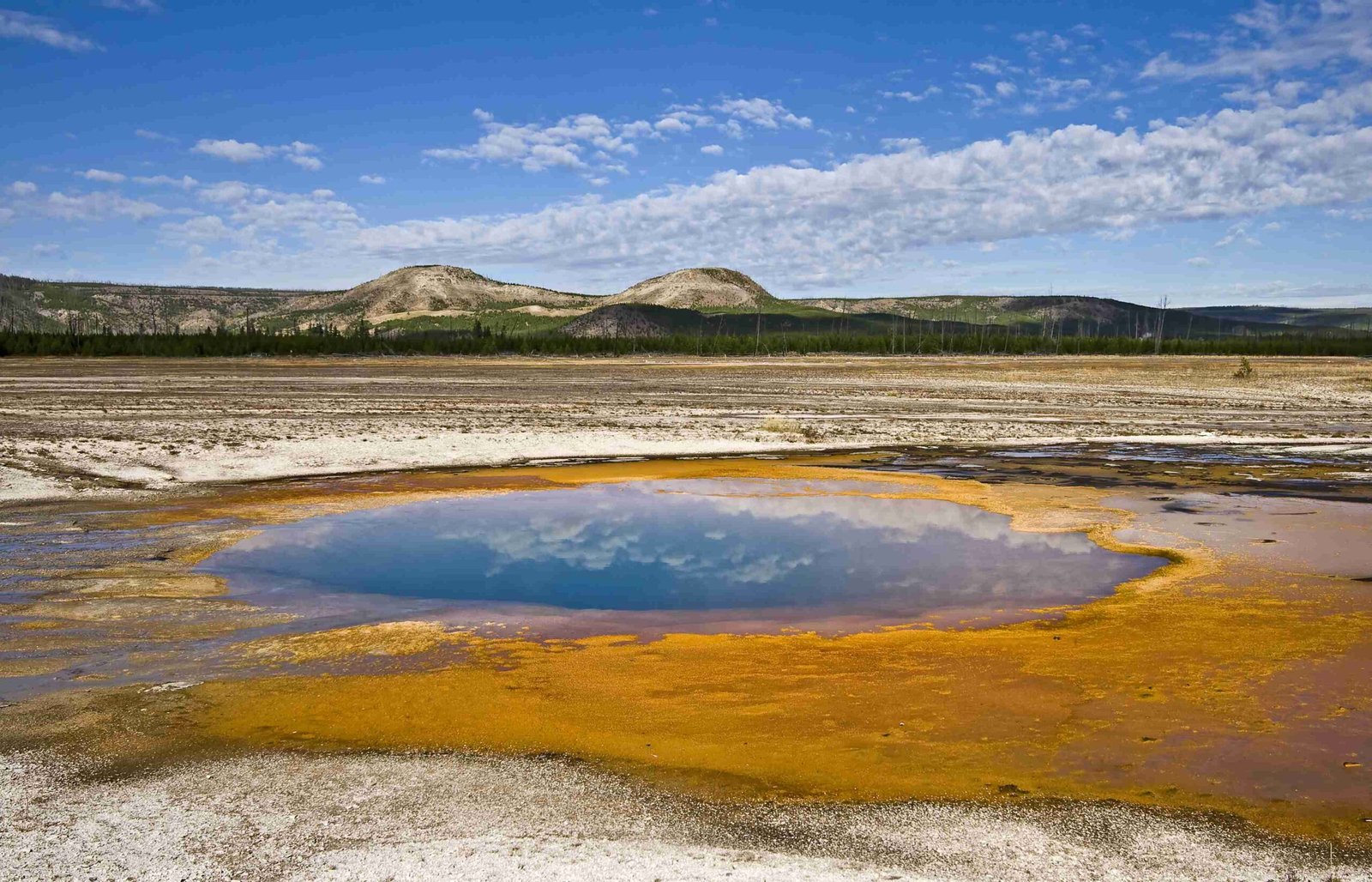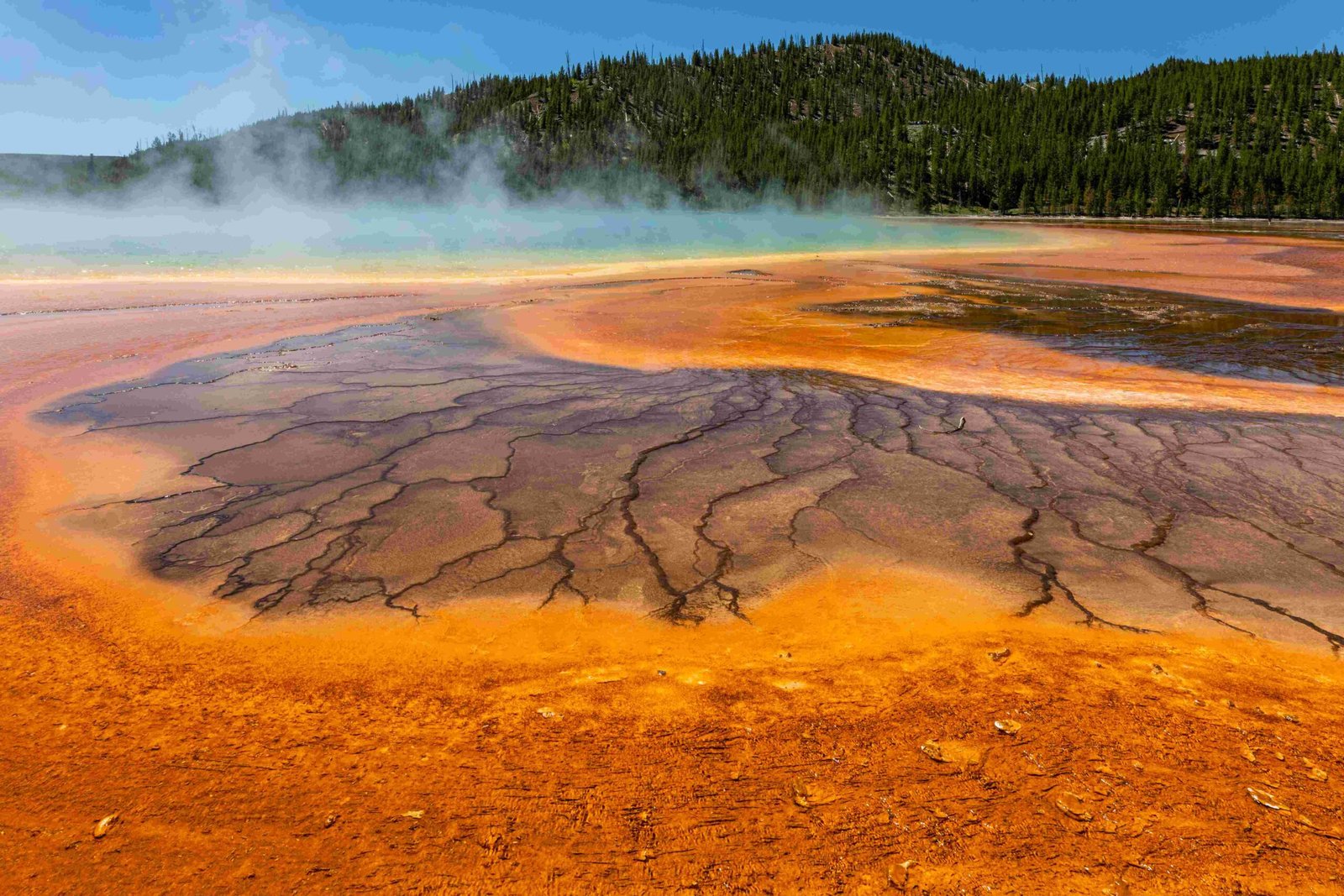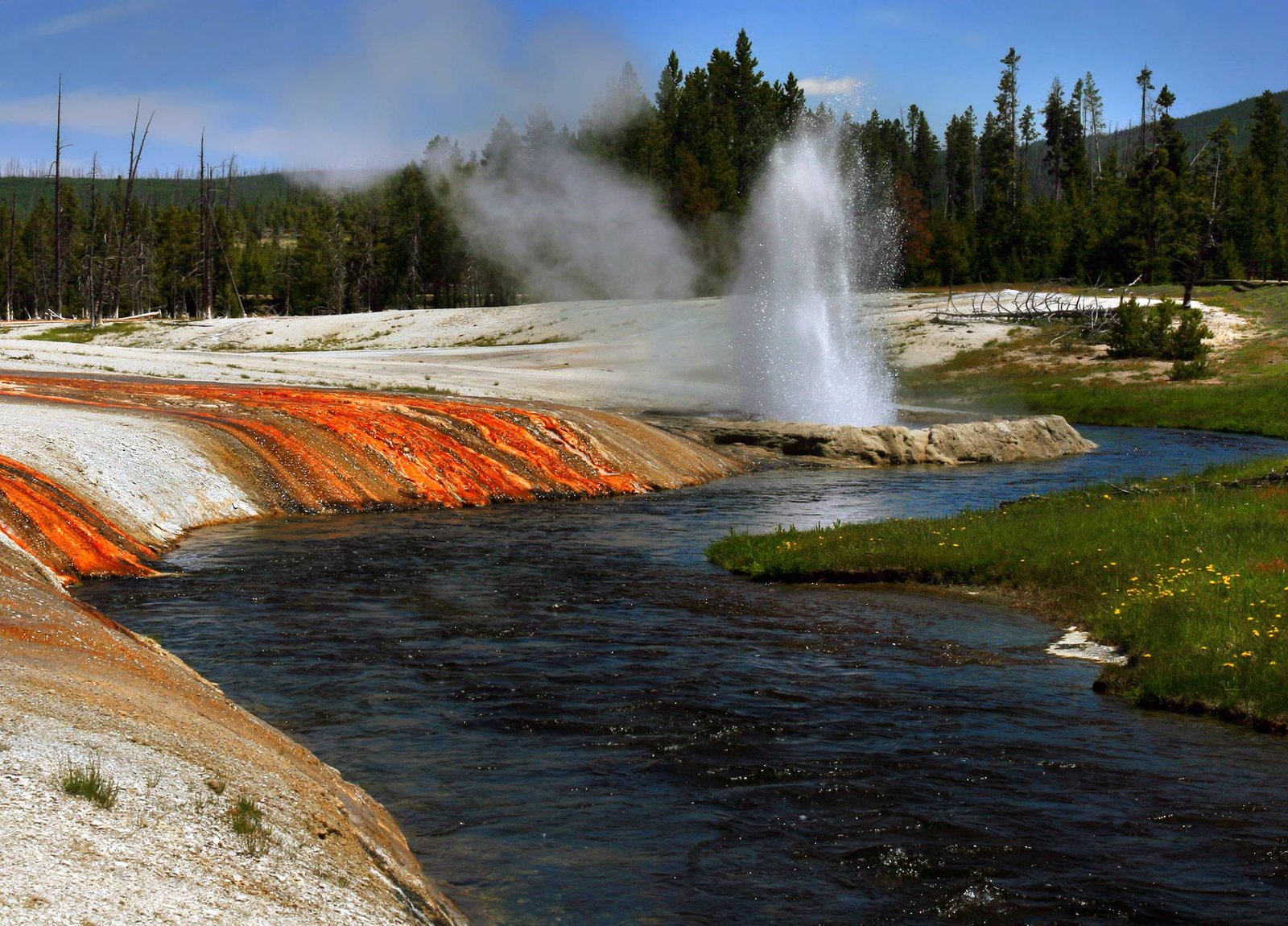The Lower Falls in Yellowstone National Park is a majestic waterfall that stands 308 feet tall, making it the tallest waterfall in the park. Located in the Grand Canyon of the Yellowstone, this impressive natural wonder attracts millions of visitors each year. The Lower Falls is more than twice the height of Niagara Falls and offers breathtaking views from various vantage points. Its powerful flow and stunning surroundings make it a must-see attraction for anyone visiting Yellowstone National Park.
What Are the Key Statistics of Lower Falls?

Lower Falls boasts some impressive statistics that contribute to its awe-inspiring presence:
- Height: 308 feet
- Location: Grand Canyon of the Yellowstone
- Water Source: Yellowstone River
- Peak Flow: 63,500 gallons per second (spring runoff)
- Low Flow: 5,000 gallons per second (fall)
- Elevation at Artist Point: 7,667 feet
These numbers highlight the sheer magnitude of Lower Falls and explain why it’s such a popular attraction within Yellowstone National Park.
How Can Visitors Access Lower Falls?

Accessing Lower Falls is relatively straightforward, with several options available:
- Artist Point: This is one of the most popular viewpoints, offering a stunning vista of the falls and the canyon.
- North Rim Drive: A one-way road that provides access to several viewpoints, including Lookout Point and Grand View.
- South Rim Drive: Another scenic drive with stops at Upper Falls View and Artist Point.
- Brink of the Lower Falls Trail: A steep but rewarding hike that takes you to the edge of the falls.
- Uncle Tom’s Trail: A challenging trail with steel stairs that descends 500 feet into the canyon.
Each access point offers a unique perspective of the falls, allowing visitors to appreciate its beauty from different angles.
What Makes Lower Falls Unique Among Waterfalls?
Lower Falls stands out among waterfalls for several reasons:
- Height: At 308 feet, it’s significantly taller than many famous waterfalls, including Niagara Falls.
- Scenic Setting: The falls are set within the Grand Canyon of the Yellowstone, adding to their visual impact.
- Geological Significance: The falls and canyon showcase Yellowstone’s volcanic history.
- Seasonal Variations: The flow of water changes dramatically throughout the year, offering different experiences.
- Wildlife Viewing: The area around the falls is home to various wildlife species.
These factors combine to make Lower Falls a truly unique and memorable natural wonder.
How Does the Flow of Lower Falls Change Throughout the Year?
The flow of Lower Falls varies significantly throughout the year:
| Season | Flow Rate (gallons per second) |
|---|---|
| Spring | 63,500 |
| Summer | Varies |
| Fall | 5,000 |
| Winter | Varies (partially frozen) |
This variation in flow rate affects the appearance and sound of the falls:
- In spring, the falls are at their most powerful due to snowmelt.
- Summer sees a gradual decrease in flow as the snowmelt diminishes.
- Fall has the lowest flow rate, allowing for clearer views of the rock face.
- Winter can see partial freezing of the falls, creating unique ice formations.
These seasonal changes provide visitors with different experiences throughout the year.
What Are the Best Times to Visit Lower Falls?
The best time to visit Lower Falls depends on what you’re looking to experience:
- Spring (May-June):
- Pros: Powerful water flow, lush greenery
-
Cons: Crowded, some trails may be muddy
-
Summer (July-August):
- Pros: Warm weather, all facilities open
-
Cons: Peak crowds, potential for wildfires
-
Fall (September-October):
- Pros: Fall colors, fewer crowds
-
Cons: Cooler weather, reduced water flow
-
Winter (November-April):
- Pros: Unique ice formations, solitude
- Cons: Limited access, cold temperatures
Consider your preferences for weather, crowds, and water flow when planning your visit.
What Safety Precautions Should Visitors Take When Viewing Lower Falls?
When visiting Lower Falls, safety should be a top priority:
- Stay on designated trails and behind safety barriers.
- Wear appropriate footwear for potentially slippery conditions.
- Bring water and snacks, especially for longer hikes.
- Be aware of wildlife and maintain a safe distance.
- Check weather conditions before setting out.
- Inform someone of your plans if hiking to more remote viewpoints.
- Use caution on steep trails like Uncle Tom’s Trail.
- Be prepared for altitude effects, as the area is over 7,000 feet in elevation.
Following these precautions will help ensure a safe and enjoyable visit to Lower Falls.
How Does Lower Falls Compare to Other Waterfalls in Yellowstone?
Lower Falls is the most impressive of Yellowstone’s waterfalls:
- Height: At 308 feet, it’s significantly taller than Upper Falls (109 feet) and Crystal Falls (129 feet).
- Volume: It has the highest water volume of any fall in the park.
- Scenic Value: Its location in the Grand Canyon of the Yellowstone provides a dramatic backdrop.
- Accessibility: It offers more viewing options than many other falls in the park.
- Popularity: It’s one of the most photographed features in Yellowstone.
While other falls in Yellowstone are beautiful, Lower Falls stands out as the crown jewel of the park’s waterfalls.
What Photography Tips Can Enhance Captures of Lower Falls?
Capturing the beauty of Lower Falls requires some photographic skill:
- Timing: Early morning or late afternoon light can create stunning effects.
- Viewpoints: Experiment with different viewpoints for unique perspectives.
- Equipment: A wide-angle lens can capture the falls and surrounding canyon.
- Tripod: Essential for long exposures to create silky water effects.
- Filters: Neutral density filters can help balance bright skies with darker canyon walls.
- Composition: Include foreground elements like trees or rocks for scale.
- Seasons: Each season offers different photographic opportunities.
- Weather: Overcast days can provide even lighting for the entire scene.
With these tips, photographers can capture stunning images of the 308-feet-tall Lower Falls in Yellowstone National Park.

